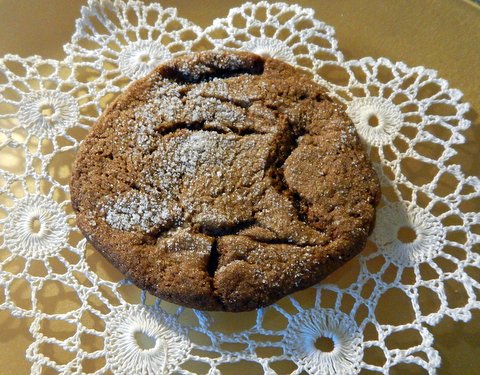The Smithsonian Libraries does not contain an overwhelming number of notable bookbindings in its collections. Unlike some other research institutions, fine or interesting covers are not a collecting focus or reason for acquiring a title. Many of our books have had a hard life, well-used over the decades by staff and researchers in the museums’ departments. These survivors have often been rebound in library buckram (sturdy but oh so boring) or been slapped with labels and barcodes (from an earlier time of library practice). So it is always a thrill to come across a striking specimen of an original binding.
Tag: Julia Blakely
At the beginning of February, Black History Month, the former slave Frederick Douglass (1818-1895) was much in the news. The most prominent African American of the 19th century, he first moved to Washington, D.C. in the early 1870s after his home in Rochester, New York burned down. Here he published his newspaper, The New National Era. From 1877 until his death in 1895, Douglass lived and worked in a stately Victorian house, called Cedar Hill, overlooking the Anacostia River. The property is in the D.C. Southeast quadrant and has been maintained since 1988 as a National Historic Site by the National Park Service.
An entry into this magical season can be gained through the Historia de gentibus septentrionalibus (History of the Northern Peoples) by Olaus Magnus, first published in Rome in 1555. It is a work greatly valued by Smithsonian curators and researchers and other scholars, since the author – a true Renaissance man – wrote down his geographical, anthropological and naturalistic observations of a land unknown to much of Europe of the time. In the present day, the book’s vivid descriptions and woodcut illustrations offer a wealth for modern study: early shipbuilding, fishing and whaling practices, meteorology, agriculture and mining techniques, warfare, daily occupations and religious practices of the Scandinavian peoples. It also provides wonderful images for what we have come to perceive as traditional for the winter holidays.
Interested in culinary history and books? Join us on Wednesday, November 16th for our Annual Adopt-a-Book Evening, featuring a food and drink theme!
Slavery and freedom, the Revolutionary War, New England’s maritime culture and life, Colonial revivalism, trade, women’s role in the economy, the development of regional cuisines, the not-fully-explored history of African Americans in the North. More than just molasses, spices and rum, there is a heady mix of history in the Joe Frogger. Can all these ingredients of America’s past be found in a cookie?
September is National Potato Month. Almost all the potatoes grown in the United States are planted in the spring and gathered in the fall. It is the time of year that schools in northern Maine have “harvest break” when students work to dig and sort the season’s spud crop soon after summer vacation.
Maine’s custom is one small part of the very long and interwoven agricultural, economic, social, culinary, medical, and ritual histories of this humble staple. It is a story that stretches from ancient gardens in the Andean Mountains 10,000 to 8,000 years ago … to perhaps Mars in the future? In the recent movie, The Martian, the stranded astronaut-botanist (played by Matt Damon), bases his long-term survival strategy on the Red Planet, not completely unfeasibly, on planting potatoes. But is the potato relevant for us today?





